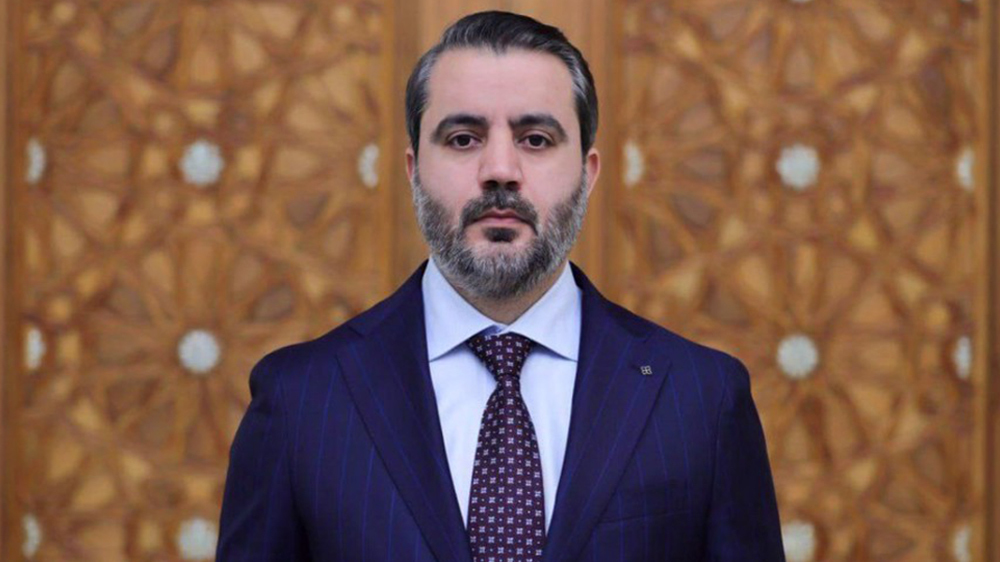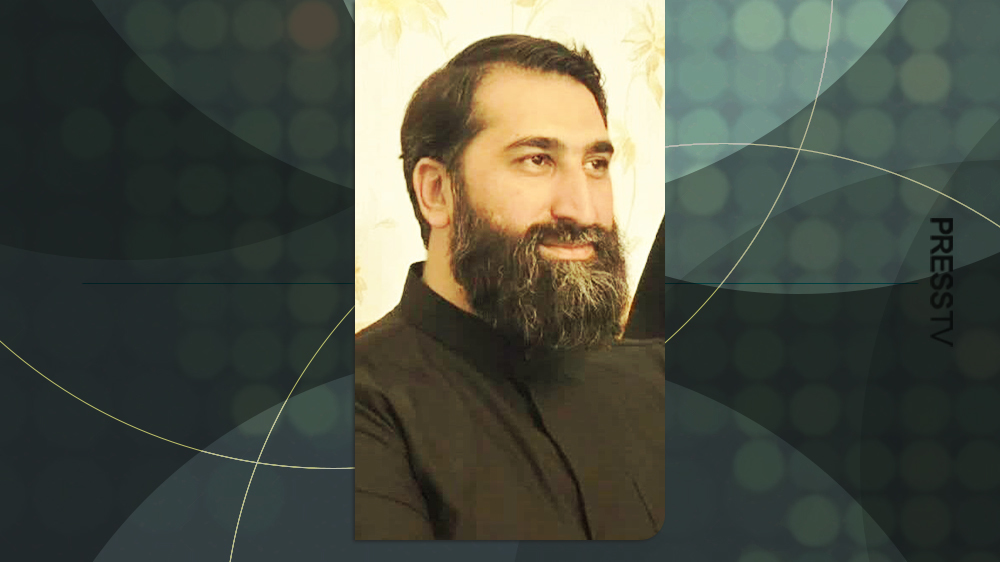ISIL Takfiris destroy iconic statue outside Palmyra museum
Members of the ISIL Takfiri militant group have destroyed a renowned statue of a lion outside the museum in Syria’s crisis-hit central city of Palmyra, as they continue to wreak havoc in areas under their control.
The Syrian antiquities director, Maamoun Abdelkarim, said on Thursday that the statue, known as the Lion of al-Lat, was a matchless piece of art.
“ISIL members on Saturday destroyed the Lion of al-Lat, which is a unique piece that is three meters (10 feet) tall and weighs 15 tons,” Abdelkarim said, adding, "It’s the most serious crime they have committed against Palmyra’s heritage.”
Abdelkarim said the statue had been covered with a metal plate and sandbags to protect it from fighting. "We never imagined that ISIL would come to the town to destroy it."
A Polish archeological mission had discovered the limestone statue, a pre-Islamic Arabian goddess, at the temple of al-Lat in 1977. It reportedly dates back to the 1st century BC.

ISIL extremists took control of Palmyra, which is an ancient city on the list of the United Nations Educational, Scientific and Cultural Organization (UNESCO)'s World Heritage sites and is situated about 215 kilometers (133 miles) northeast of the capital, Damascus, on May 21.
Palmyra and Tadmur, the modern town that adjoins it, have been the scene of recent fighting between Syrian government troops and ISIL militants. Multiple news reports say government troops left the city ahead of an advance by the terrorists.
UNESCO has appealed to Syria's warring factions to "make every effort to prevent" Palmyra's destruction.
The conflict in Syria, which started in March 2011, has reportedly claimed more than 230,000 lives up until now.
The violence has also forced over 3.8 million Syrians to take refuge in neighboring countries, namely Jordan and Lebanon. More than 7.2 million others have been displaced within Syria, according to the UN.
MP/MHB/SS
Leader: Iran has no proxy forces in West Asia
US fighter aircraft shot down ‘in friendly fire’ amid aggression on Yemen
Yemeni FM: Israel’s sponsors accountable for ongoing aggression on Sana’a
Eight Palestinians killed as Israel attacks Gaza school, hospitals
VIDEO | Rome, Milan host new protests in solidarity with Palestinians
Dec. 21: ‘Axis of Resistance’ operations against Israeli occupation
Spain jurists demand ties with Israel ties be cut
VIDEO | Press TV's news headlines










 This makes it easy to access the Press TV website
This makes it easy to access the Press TV website